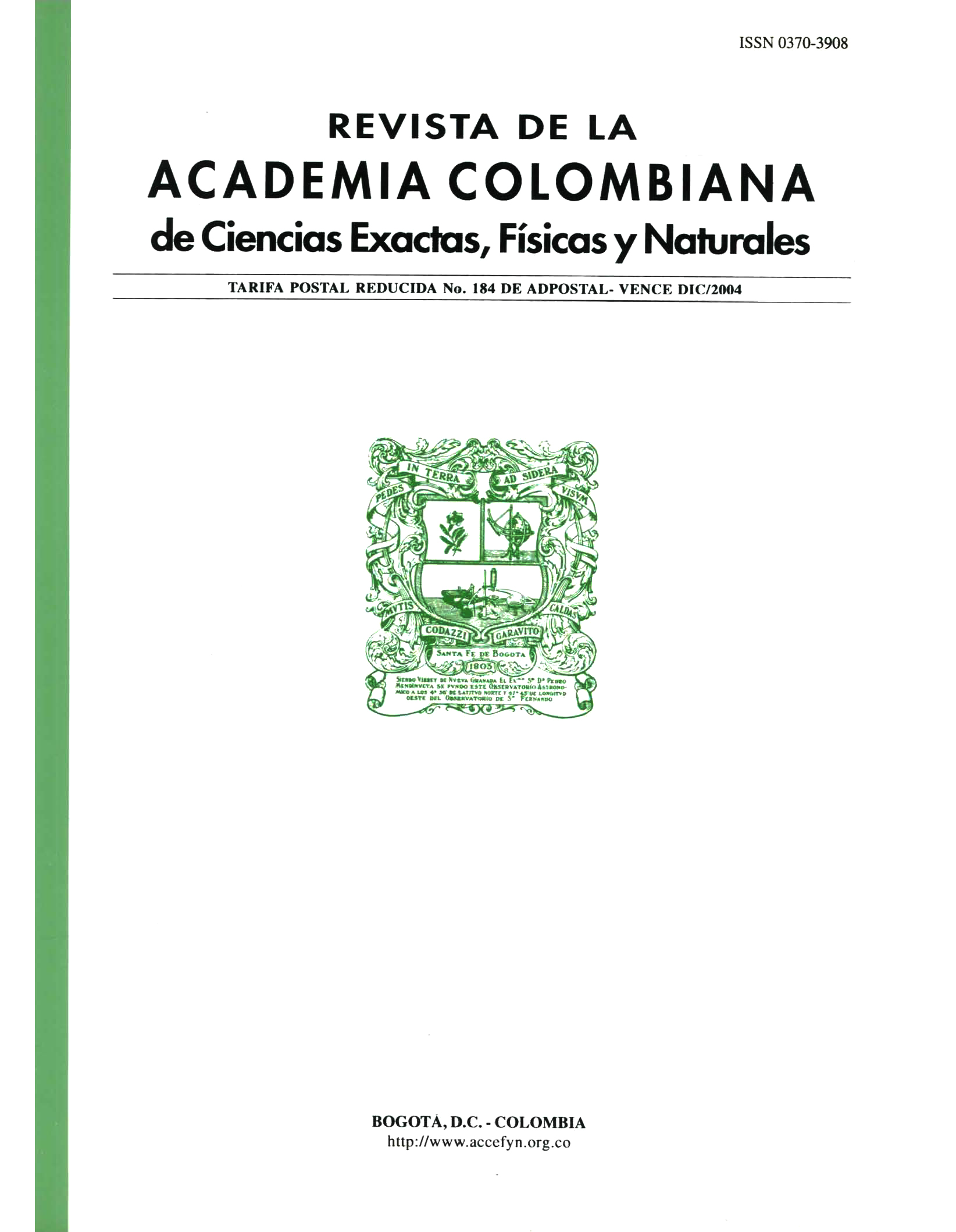Abstract
Natural hard tissues such as bone, enamel, and dentin are calcified tissues accompanied by some organic components. The tooth has a high percentage of mineral tissue, basically consisting of calcium phosphates like hydroxyapatite. In this article, the design and application of two bioceramics consisting of various calcium phosphates are described. Calcium phosphate phases were synthesized from eggshells. Some physicochemical properties were taken into account to produce a balanced blend of biomimetic phosphates. Two of these mixtures were applied in Wistar rats' premolars. The biological acute and chronic pulpal response was evaluated. This preliminary assessment indicates the feasibility of pursuing further studies on these composite materials for human use.
Keywords
References
American Dental Association. 1972. Council on dental materials and devices: recommended standard practices for biological evaluation of dental materials. J Am Dent Assoc. 84: 382.
American Dental Association. 1979. Recommended standard practices for biological evaluation of dental materials. J Am Dent Assoc. 99: 697.
Díaz, CC. 2003. Síntesis de fosfatos de calcio biológicos a partir de cáscara de huevo de gallina. Tesis de grado. Dpto. de Química, Facultad de Ciencias, Universidad Nacional de Colombia, Bogotá D. C.
Doremus, RH. 1992. Review bioceramics. J Mater Sci. 12: 285-297.
Dorozhikin SV, Epple M. 2002. Biological and medical significance of calcium phosphates. Ang. Chem. Int. 41: 3130-3146.
Elledge DA. 1998. Multifuncional bases and liners. Dent Clin North Amer. 42(4): 739-754.
Goldberg M, Smith A. 2004. Cells and extracellular matrices of dentin and pulp: a biological basis for repair and tissue engineering. Crit Rev Oral Biol Med.;15(1): 13-27.
Guevara CI, Delgado E. 2006 Estudio de la Interacción Superficial de un Material Cerámico Multifásico Biomimético con el Tejido Dentino Pulpar. Tesis de maestría, Universidad Nacional de Colombia, sede Bogotá D.C.
Jarcho M. 1981 Calcium phosphate ceramics as hard tissue prosthetics. Clin Orthop. 157: 259-278.
Jean A, Kerebel LM, Kerebel B, Legeros R, Hamel H. 1988 Effects of various calcium–phosphate biomaterials on reparative dentin bridge formation. J Endod. 14:83-87.
LeGeros RZ. 1991 Calcium phosphates in oral biology and medicine. En: Myers HM, editor. Monographs in oral science. San Francisco.
Mathai M, Ahozo T 2001. Structures of biological minerals in dental research. J Res Natl Inst Stand Technol;106: 1035-1044.
Mjör Ivar A. 2002 Pulp-dentin biology in restorative dentistry. Part 7: The exposed pulp. Quintessence Int. 33: 113-135.
Murray PE, Windsor LJ, Smyth TW. 2002. Analysis of pulpal reactions to restorative procedures, materials, pulp capping and future therapies. Crit. Rev. Oral Biol Med; 13(6): 509-520.
Nooshi H. 1986 Studies on the adsorption of proteins to synthetic hydroxyapatite. J Osaka Odont Soc. 49: 531-549.
Norma ISO 7405 Draft International Standard ISO/DIS 7405. 1997. Preclinical evaluation of biocompatibility of medical devices used in dentistry- Test methods. International Organization for Standardization. Genève. Switzerland.
Pashley D, Walton R. 1997. Histología y fisiología de la pulpa dental. En: Ingle J, Bakland L, editores. Endodoncia. Editorial Mc Graw Hill. 4ta ed. México.
Posner AS. 1985. The mineral bone. Clin Orthop. 200: 87-99.
Ten Cate A.R. 1989. Hard tissue formation and destruction. En: Reinhardt RW, editor. Oral histology: development, structure and formation. Toronto. Canadá.

This work is licensed under a Creative Commons Attribution-NonCommercial-NoDerivatives 4.0 International License.
Copyright (c) 2023 https://creativecommons.org/licenses/by-nc-nd/4.0





